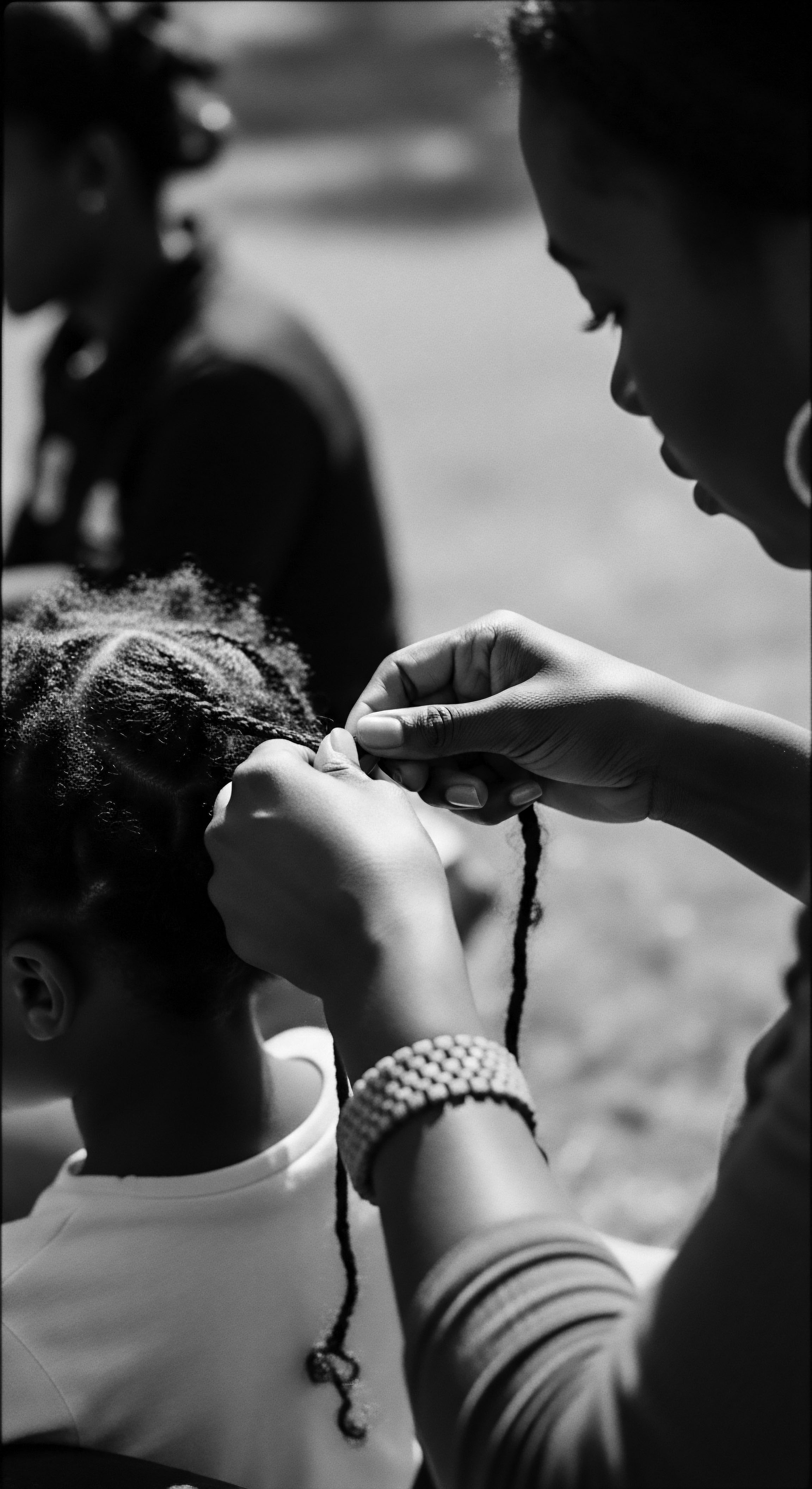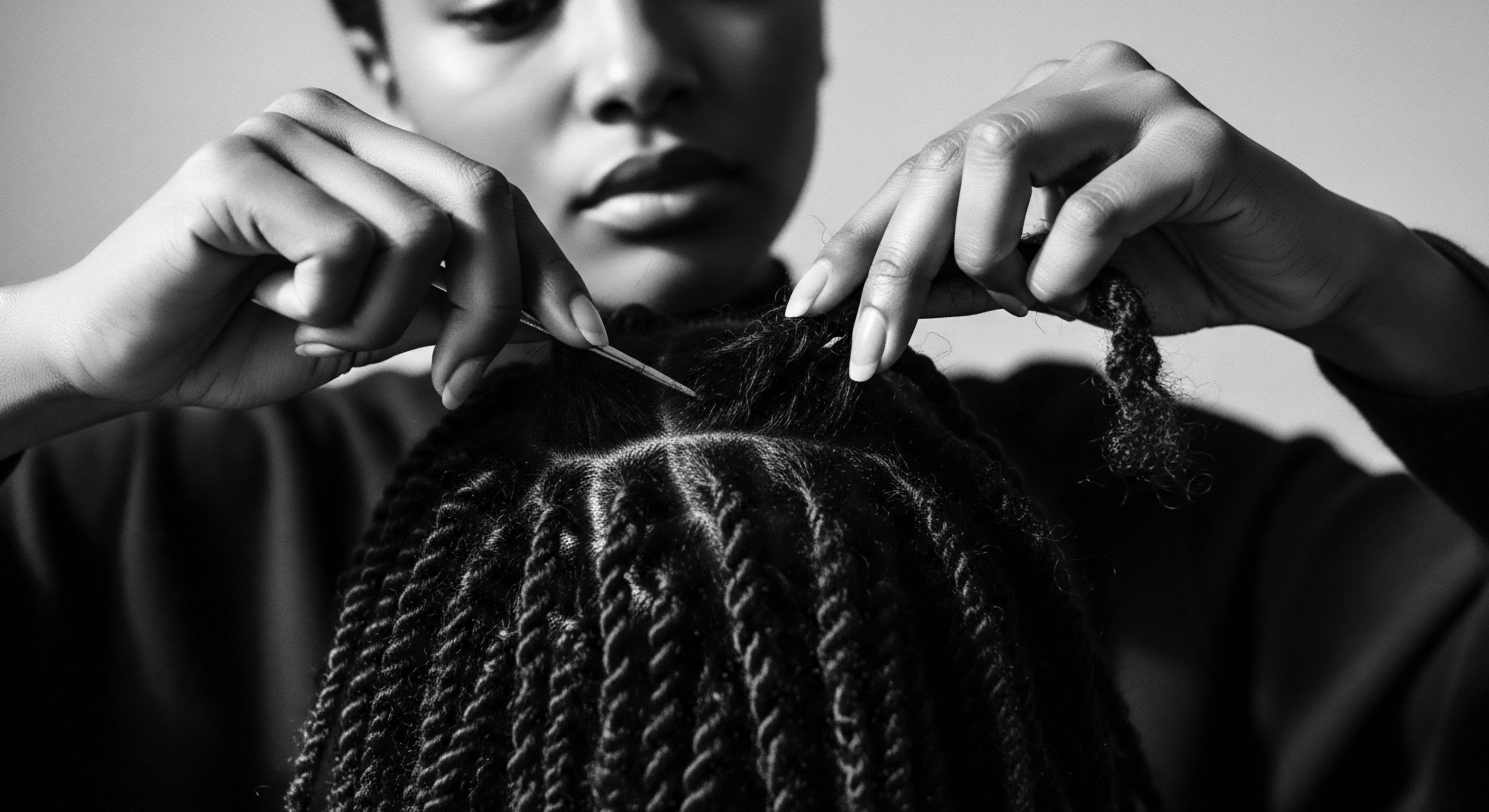
What ancestral hair care practices influenced modern protective styling?
Ancestral hair care practices influenced modern protective styling by emphasizing hair's physical preservation and its profound role in cultural expression and resistance within textured hair heritage.
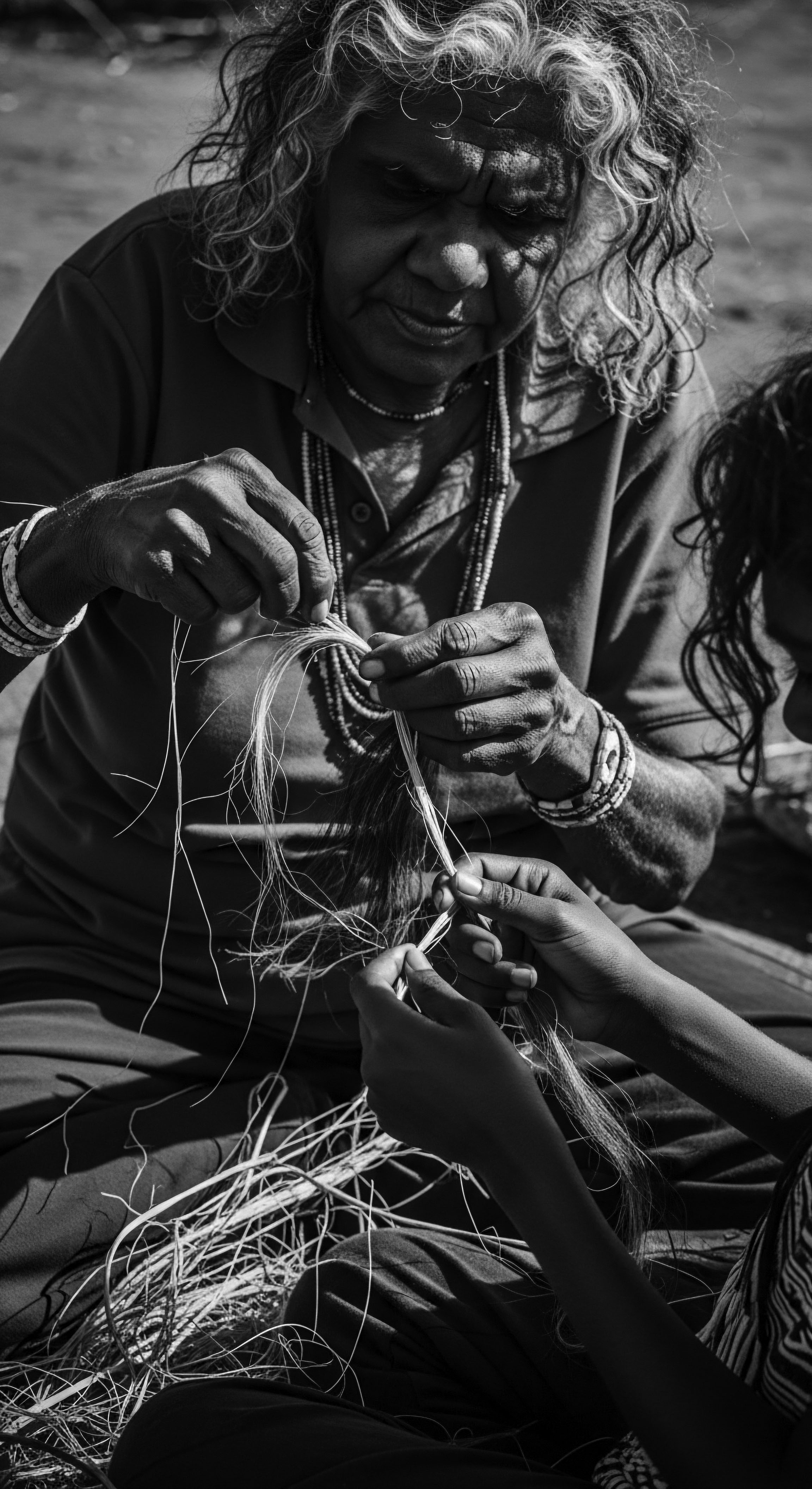
Earth Treatments
Meaning ❉ Earth Treatments signify ancestral, earth-derived hair care for textured hair, embodying cultural legacy and natural efficacy.
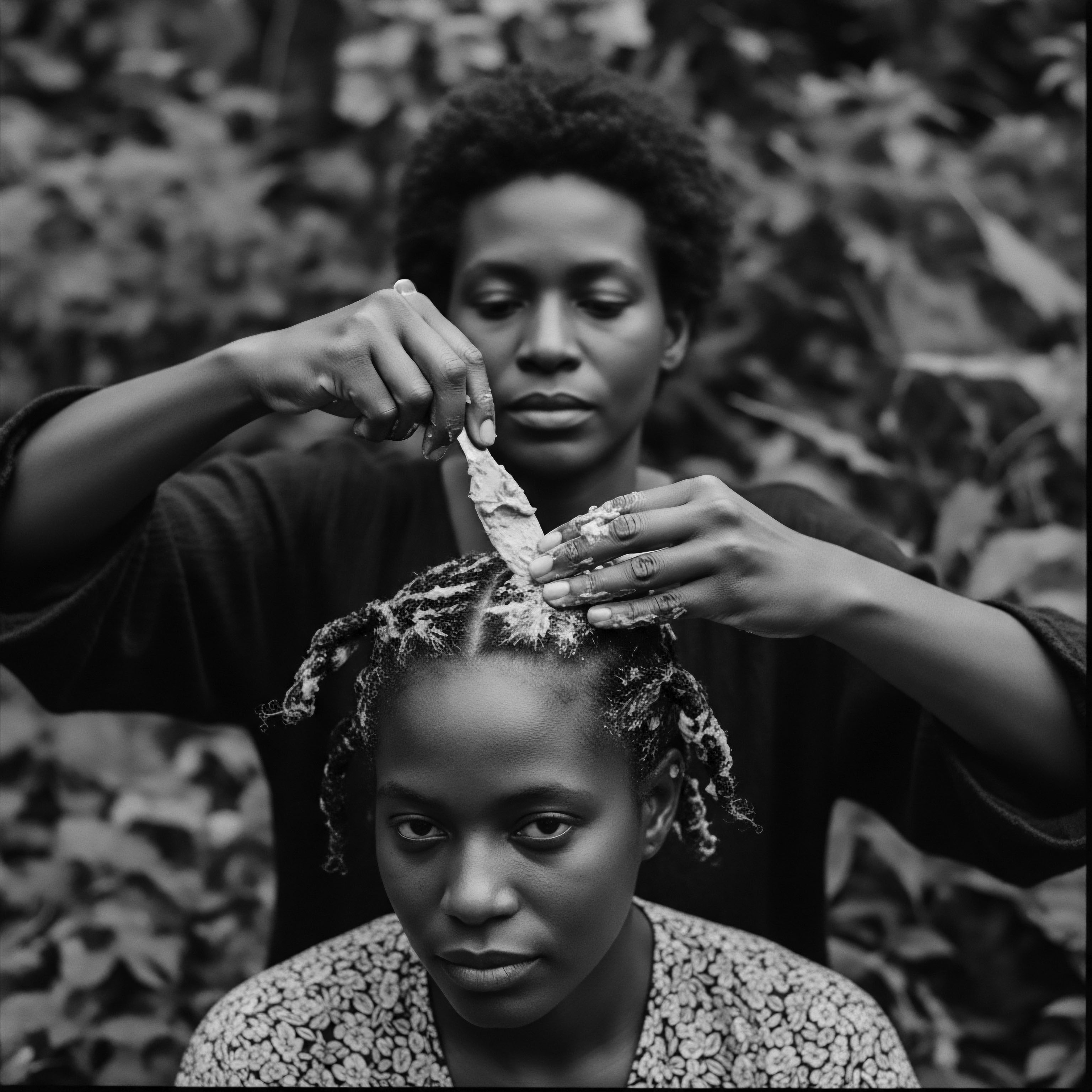
How do shea butter lipids protect textured hair?
Shea butter lipids shield textured hair by forming a moisturizing barrier, honoring an enduring ancestral heritage of protection.
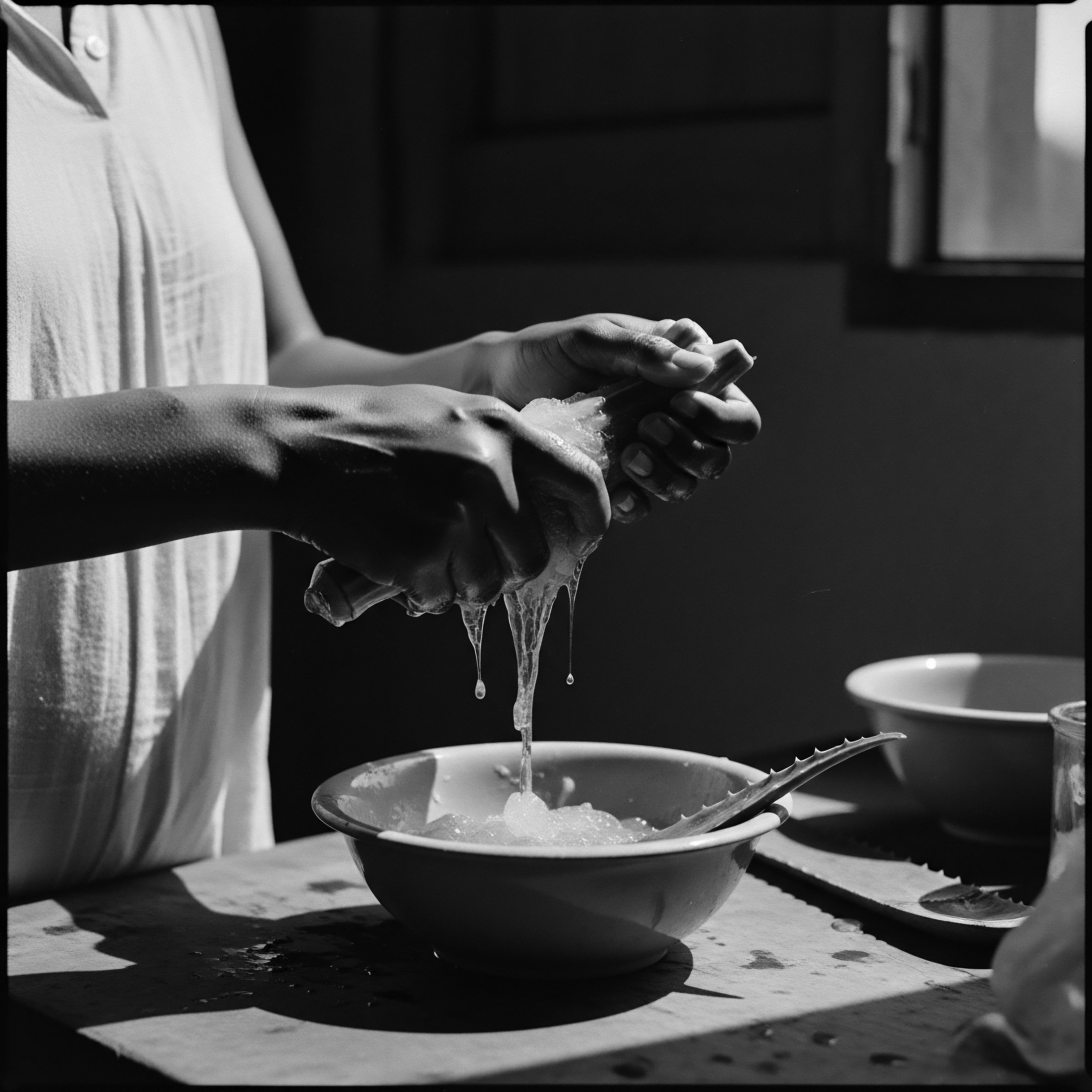
What botanical compounds help textured hair?
Botanical compounds assist textured hair by drawing from ancient ancestral practices that hydrate, strengthen, and protect, deeply connecting to heritage.
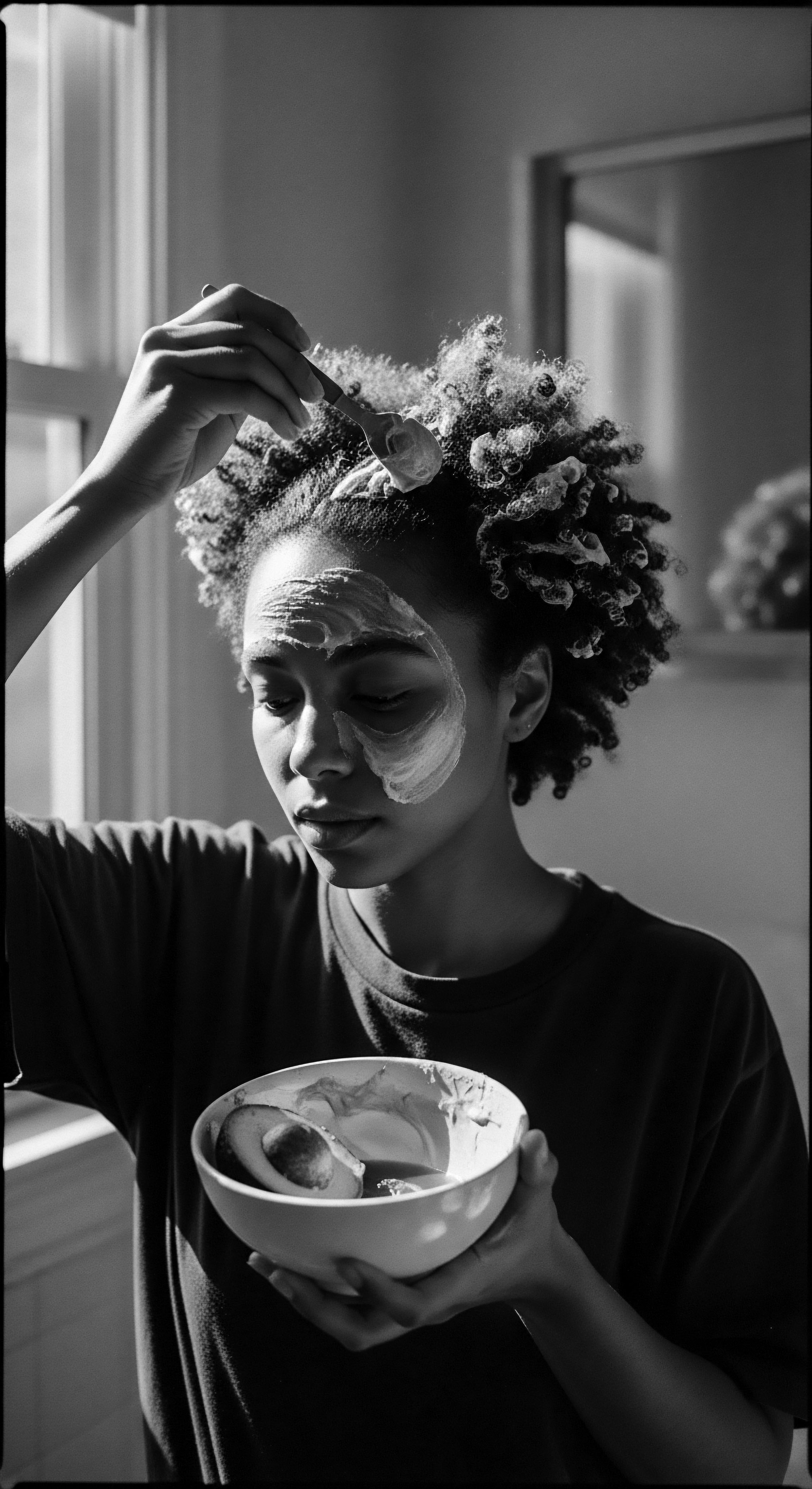
What historical care practices influence modern textured hair routines?
Historical care practices for textured hair, rooted in ancestral wisdom, profoundly guide modern routines, emphasizing holistic health and cultural identity.
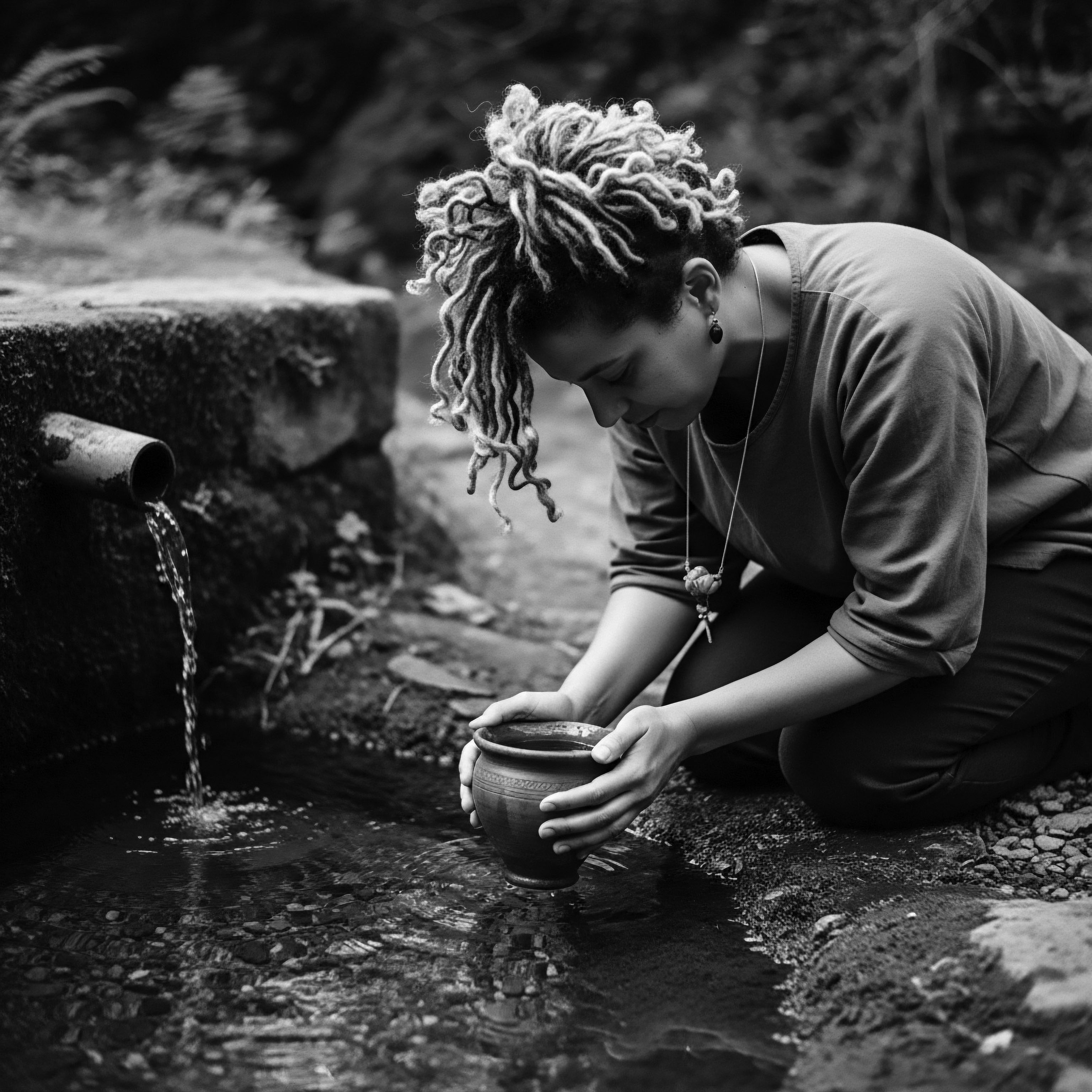
How does Cupuaçu butter benefit textured hair’s moisture?
Cupuaçu butter significantly benefits textured hair's moisture by attracting and sealing water, echoing ancestral practices that prioritize deep hydration for hair vitality.
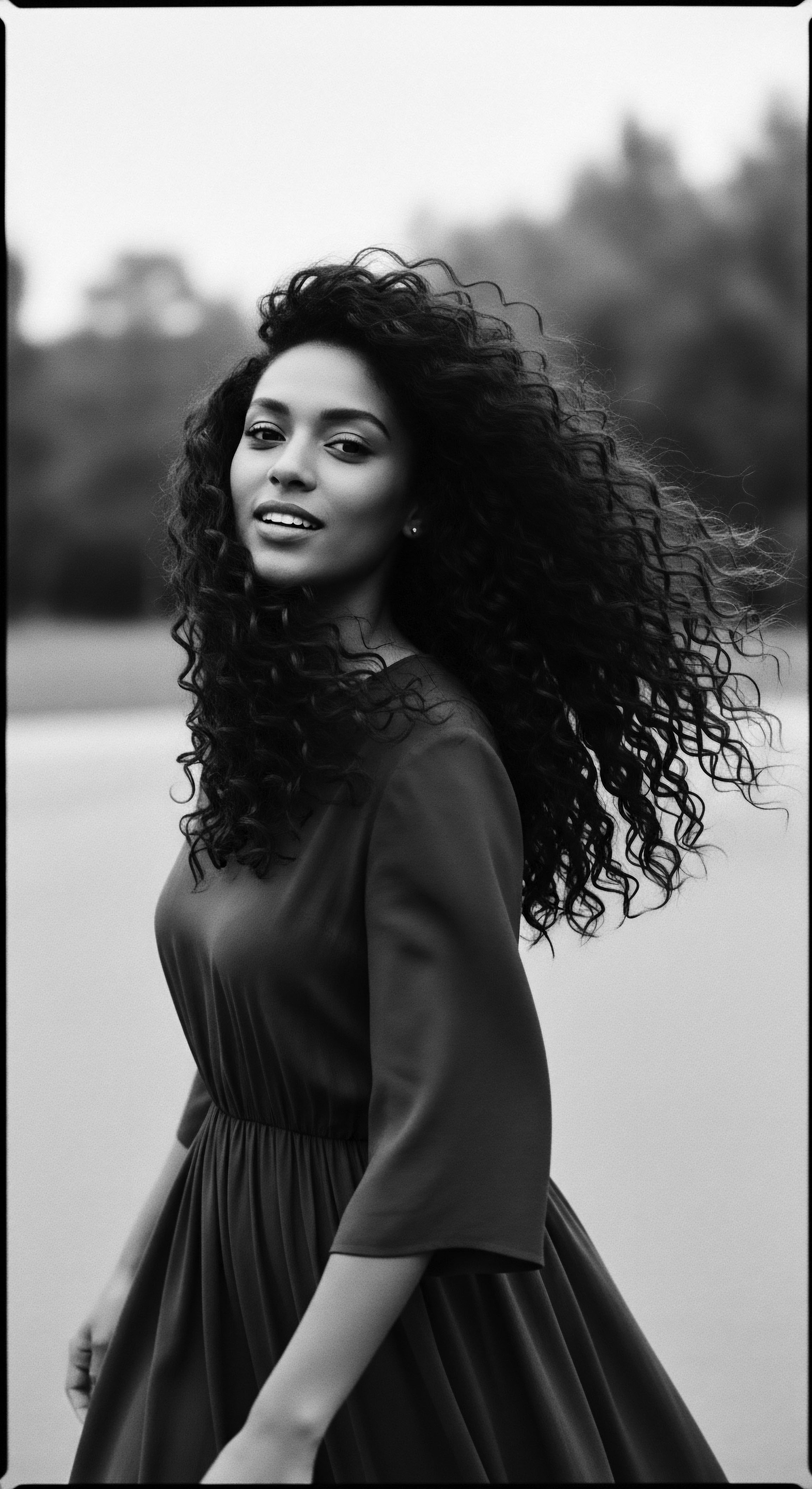
What ancestral practices using plants supported textured hair health and style?
Ancestral plant practices for textured hair health and style are deeply rooted in heritage, offering botanical remedies and communal rituals that embody resilience and identity.

